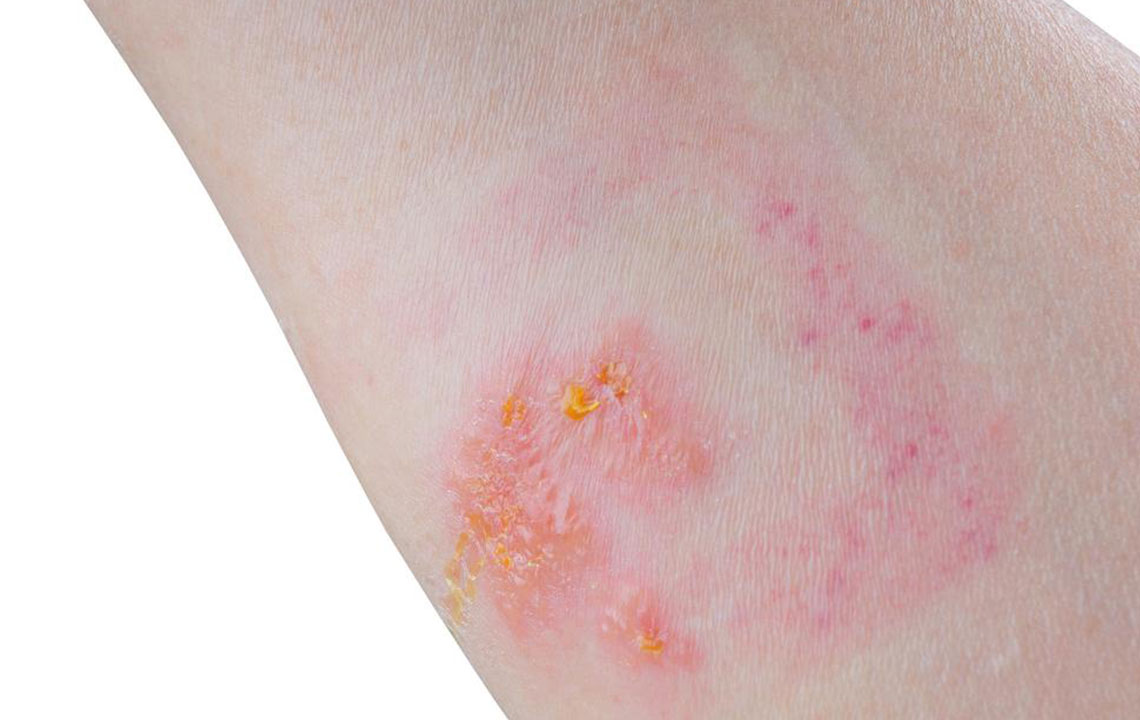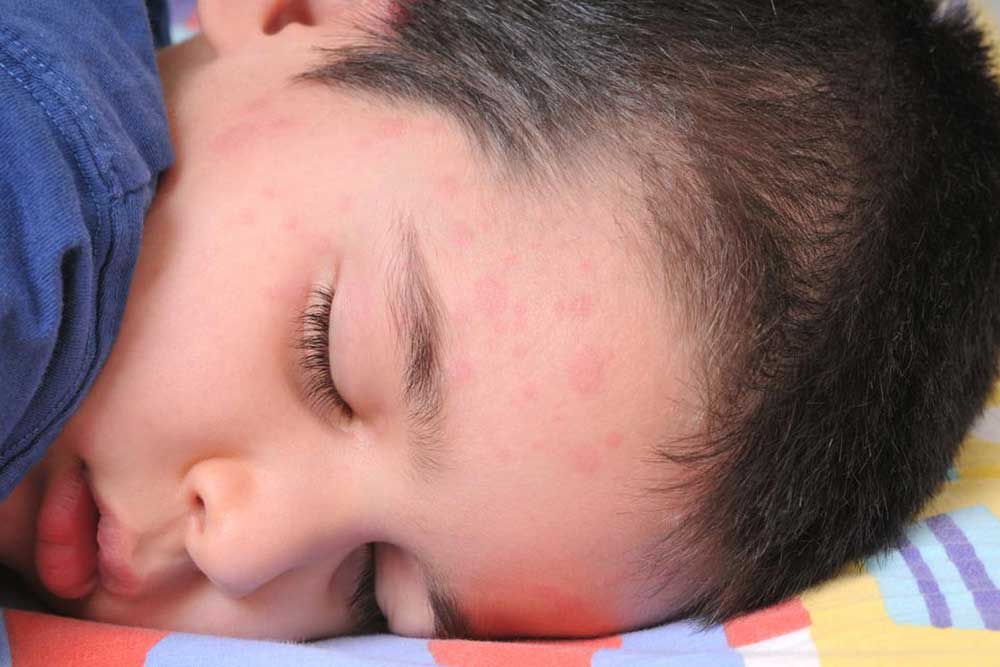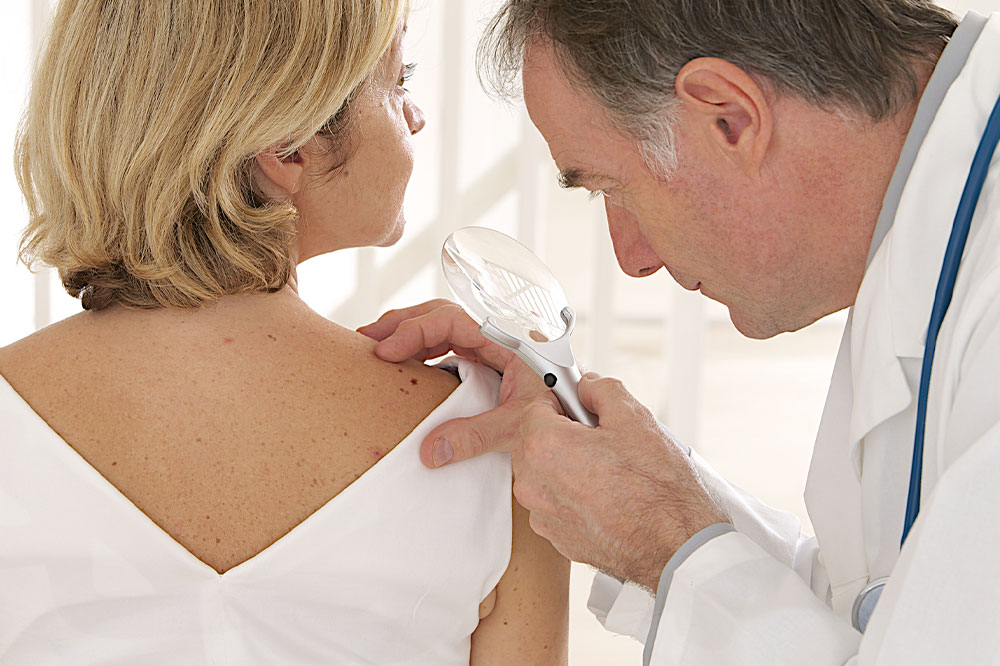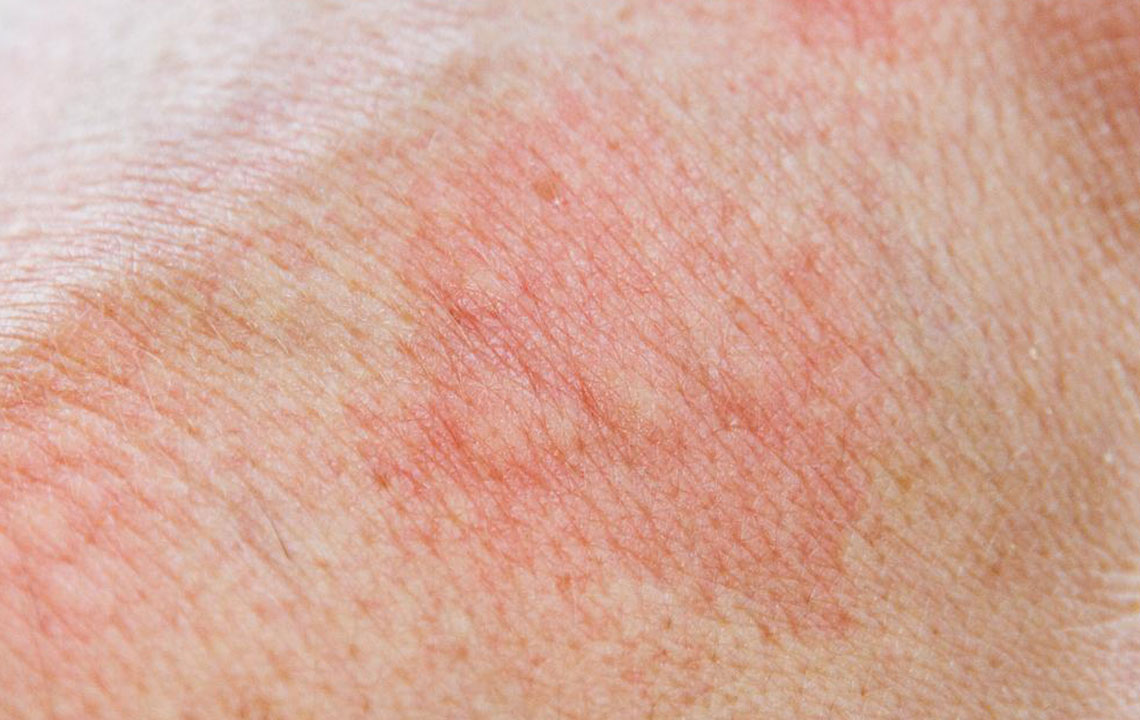Comprehensive Guide to Skin Eruptions: Causes, Types, and Effective Treatments
Explore the comprehensive causes, types, and treatment options for skin eruptions in this detailed guide. Learn how to recognize common skin conditions like granuloma annulare and psoriasis, and discover effective strategies for managing symptoms and improving skin health. Consulting healthcare professionals for proper diagnosis and personalized care is emphasized for lasting relief.

Comprehensive Guide to Skin Eruptions: Causes, Types, and Effective Treatments
Skin eruptions are a common issue affecting individuals of all ages, manifesting in various forms such as redness, bumps, swelling, and irritation. These conditions, collectively known as rashes, can cause significant discomfort, itching, burning sensations, and sometimes even pain. Understanding the underlying causes and the different types of skin eruptions is essential for effective management and treatment.
Skin conditions resulting in eruptions are often triggered by multiple factors, including allergic reactions, infections, chronic skin diseases, environmental influences, or autoimmune responses. Proper identification of these eruptions requires a detailed evaluation of associated symptoms, duration, and possible triggers. While many online resources provide helpful images and descriptions to aid in recognizing different skin conditions, it is always advisable to consult healthcare professionals for accurate diagnosis and personalized treatment plans, especially for persistent or severe eruptions.
Granuloma Annulare: This particular type of skin eruption appears as ring-shaped clusters of firm, reddish bumps, predominantly occurring on the hands, feet, or forearms. It is generally harmless and often resolves on its own over time. Diagnosis typically involves a skin biopsy, which confirms the presence of granulomatous inflammation. Treatment options depend on the severity and may include topical corticosteroids, cryotherapy with liquid nitrogen, or oral medications in persistent cases. While many granuloma annulare cases are self-limiting, medical intervention can accelerate healing and alleviate aesthetic concerns.
Psoriasis: A chronic, immune-mediated skin condition characterized by the rapid buildup of skin cells, leading to thick, red, scaly patches, often accompanied by itching or discomfort. Commonly affecting areas such as the scalp, elbows, knees, and lower back, psoriasis is influenced by genetic predisposition and environmental triggers, including stress, infections, or skin injuries. It involves an overactive immune response where immune cells mistakenly attack healthy skin tissue, resulting in inflammation and scaling. Various treatment options include topical corticosteroids, vitamin D analogs, moisturizers, phototherapy, and systemic medications for moderate to severe cases. Proper management can help control flares and improve skin quality.
Skin eruptions can significantly impact daily life, causing discomfort, self-consciousness, and social embarrassment. Recognizing the early signs and seeking appropriate medical advice can lead to effective management, reduce complications, and restore skin health. Maintaining good skincare routines, avoiding known triggers, and adhering to prescribed treatments are vital in managing these skin conditions.
This comprehensive guide aims to provide an in-depth understanding of skin eruptions, equipping readers with knowledge to identify, differentiate, and seek proper treatment for various skin conditions. Whether caused by allergic reactions, infections, or chronic issues like psoriasis, timely intervention can alleviate symptoms and improve overall skin well-being.




